*
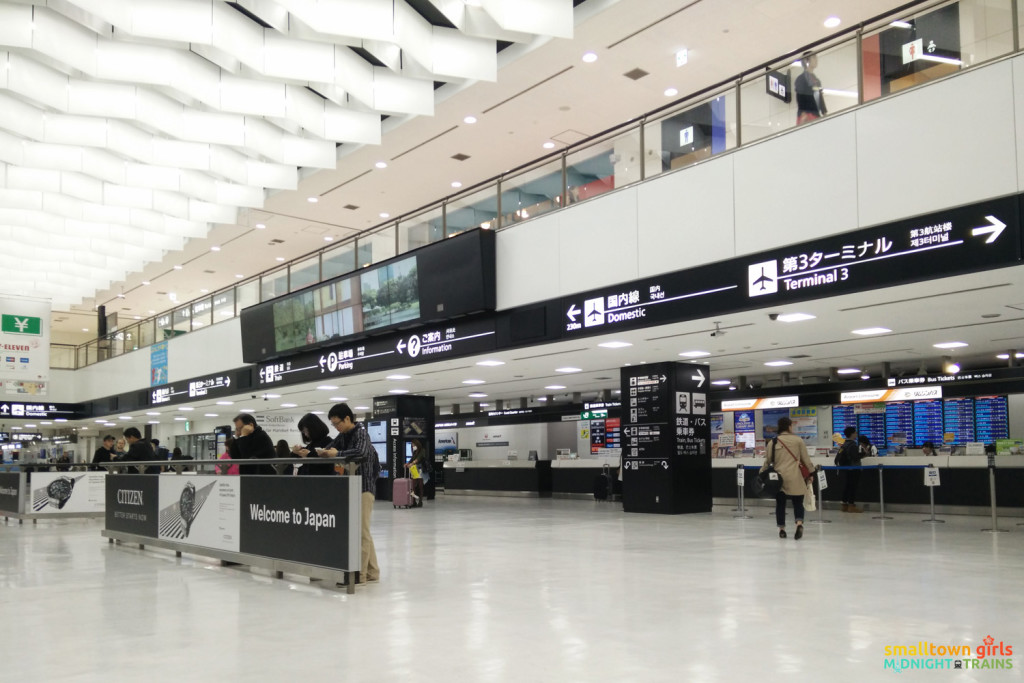
*
There are various ways to get to central Tokyo from Narita Airport. If you have a JR Pass, you can use the Narita Express — free.
Should you get a JR Pass?
*
There are so many articles in the internet devoted to this topic, but to make it simple, if you’re going on at least two long-distance train trips within Japan, you should strongly consider getting a JR Pass because it covers the Shinkansen (bullet trains). In my case, I was going from Tokyo to Kyoto and back, so I went for it.
The JR (Japan Rail) Pass allows you to travel for free on nearly all trains on the JR train network, as well as on JR buses, and some ferries and monorails (see HERE for complete list). As mentioned above, it is also valid on the Shinkansen, the super fast bullet trains that connect major cities in Japan. With a bit of planning, it’s possible to use only the JR Pass to get around — personally, within Tokyo, I didn’t have to get on (and spend for) any other means of local transport. That said, there might be attractions on your itinerary that the JR Pass network doesn’t quite reach. (For example, on a day trip to Lake Kawaguchiko, I paid for the bus from Tokyo to Kawaguchiko Station, as well as for the bus that goes around the Lake Kawaguchiko area.) Or there might be places where choosing a non-JR mode of transpo just makes more sense — Kyoto, for example, has an excellent bus network that is not covered by the JR Pass. You’ll have to take a look at your itinerary, check if you can use the JR Pass to get to where you want to go, and make a decision based on that.
The JR Pass is quite expensive. Including postage fees, it cost me USD245 (PHP 11,858) and was definitely my biggest expense on the trip. However, without the JR Pass, here’s what some of my train rides would have cost:
- Tokyo – Kyoto (Shinkansen Hikari) = JPY 13,800 = PHP 5,710 = PHP 11,420 v/v
* - Kyoto – Nara = JPY 710 = PHP 293 = PHP 586 v/v
* - Narita Airport T2 – Tokyo = JPY 1,320 = PHP 546 = PHP 1,092 v/v
That’s already PHP 13,098 — and doesn’t include yet all the JR trains/buses I took within Tokyo and Kyoto — so the Pass was worth it for me.
To help you decide if it will be worth it for you, list down the train trips you plan on taking while in Japan, then check the price of each trip HERE. (Bookmark the link — Hyperdia.com will be your best friend in Japan.)
*
Other articles you should read before planning your Japan trip:
How to Get a Japanese Visa in Cebu (It’s very easy!)
Sample Daily Schedule for Japan Visa Application
Where to Stay in Tokyo: The Best Hotels Under P8000
*
Buy a JR Pass before you go to Japan
*
You can only buy a JR Pass outside of Japan — it is meant mostly for visitors who will be traveling within Japan for a short period of time. (See if you qualify HERE.)
What to do:
- Buy a JR Pass online. (I bought mine HERE.)
* - You will receive a voucher by mail — that’s mail, not email or any other online method — so make sure you give yourself enough time to receive it before departure. You can check for estimated delivery times HERE (in the Philippines, it’s around 2 working days after purchase). That said, don’t buy the Pass too early. Your voucher must be exchanged within 3 months of purchase, so don’t go buying a Pass now if your trip to Japan isn’t till next year.
* - Exchange your voucher for the Pass itself at designated JR offices in Japan.
*
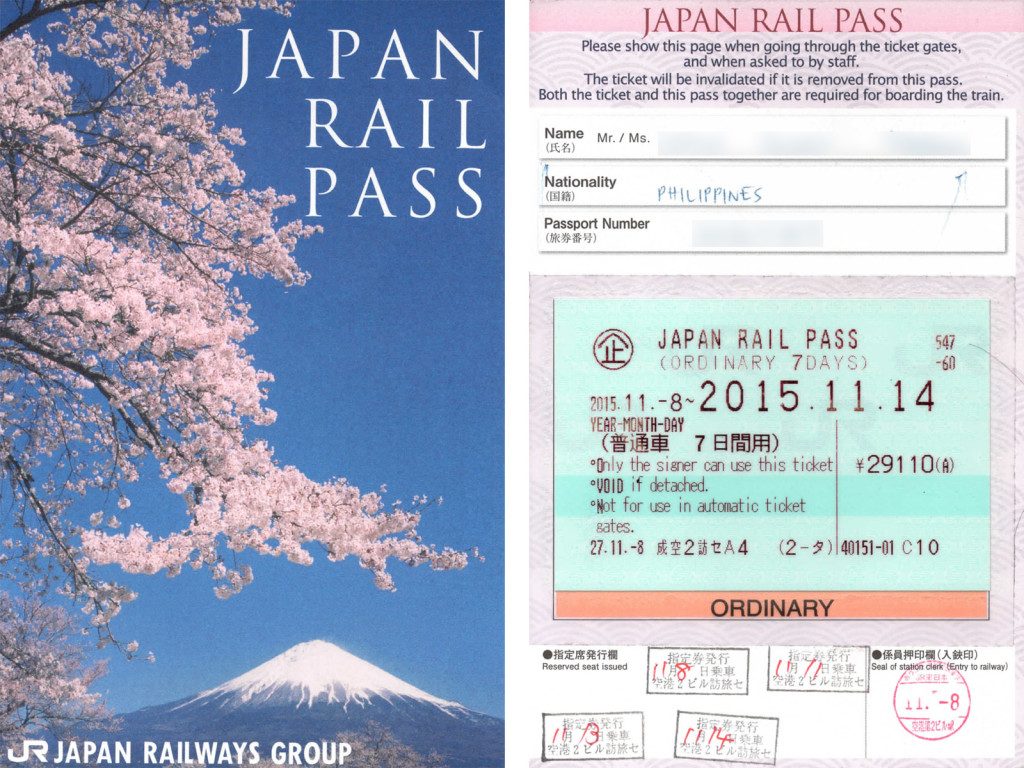
Getting your JR Pass
*
If you’re arriving at Narita Airport Terminal 2, after Immigration you will emerge into the Arrivals Lobby. The JR East Center, where you can exchange your JR Pass voucher for the actual Pass, is one floor down. It’s glass-enclosed — kind of like a 7-11 but for trains — and you can spot it easily as you come down the escalator.
Make your reservations when you claim your Pass
*
With the JR Pass, you can ride nearly all trains run by the JR train company for free. (Notable exceptions are the 2 fastest Shinkansen trains — the Nozomi and Mizuho.) For special trains, however, like the Narita Express to/from Narita Airport, as well as all Shinkansen trains, it’s either necessary or advisable to make advance reservations. You can do this anytime before the trip you’re making reservations for, but since you’re going to be claiming your Pass at a JR office anyway, you might as well take that opportunity to make reservations.
Tip: List down the details of your desired trip before going up to the JR counter. It will speed things up, minimize communication problems, and the JR representative will be happy with you. List down:
- Date of travel
- Departure station
- Destination station
- The particular train you want to take — train name, train number, and/or departure time
You will then get a ticket that shows, among other details, your car and seat number.
*
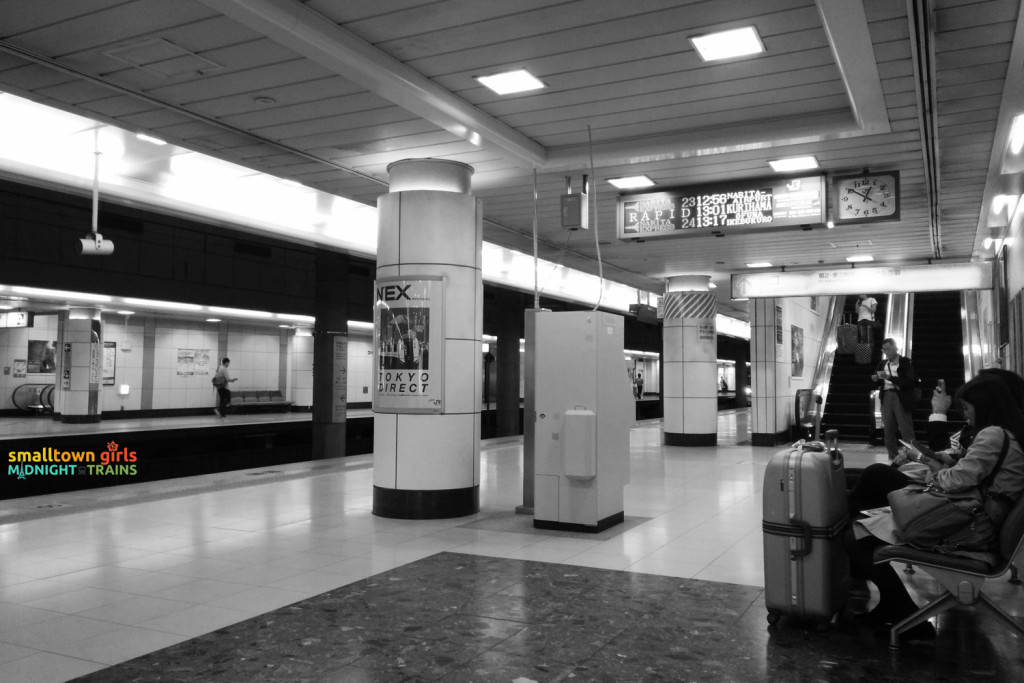
The Narita Express
*
After making reservations for the Narita Express (NEX), follow the signs to the NEX platform. Check your ticket for which train car you’re supposed to be on. The platforms are marked — look for electronic signs overhead, signposts between adjoining train tracks, and even numbers on the platform floor that will tell you which car is stopping where. There are seats you can use while waiting for the right train. Don’t forget to queue to get in! This is Japan! Also remember that in Japan, it’s considered rude to talk loudly inside trains. Actually, it’s best if you don’t talk at all, but if you must, keep your voice really, really down. For your bags, there’s a rack at the end of each car, as well as overhead luggage bins. There’s also plenty of space between seat rows for both your legs and your backpack.
_
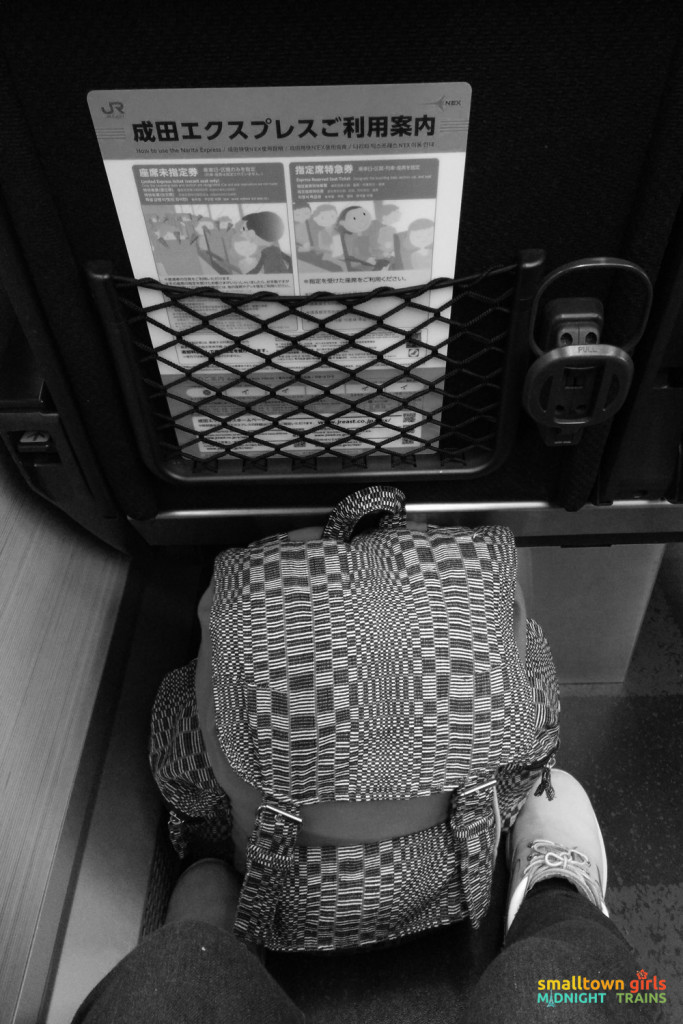
_
You’ll pass farms and rural scenery along the way…
*
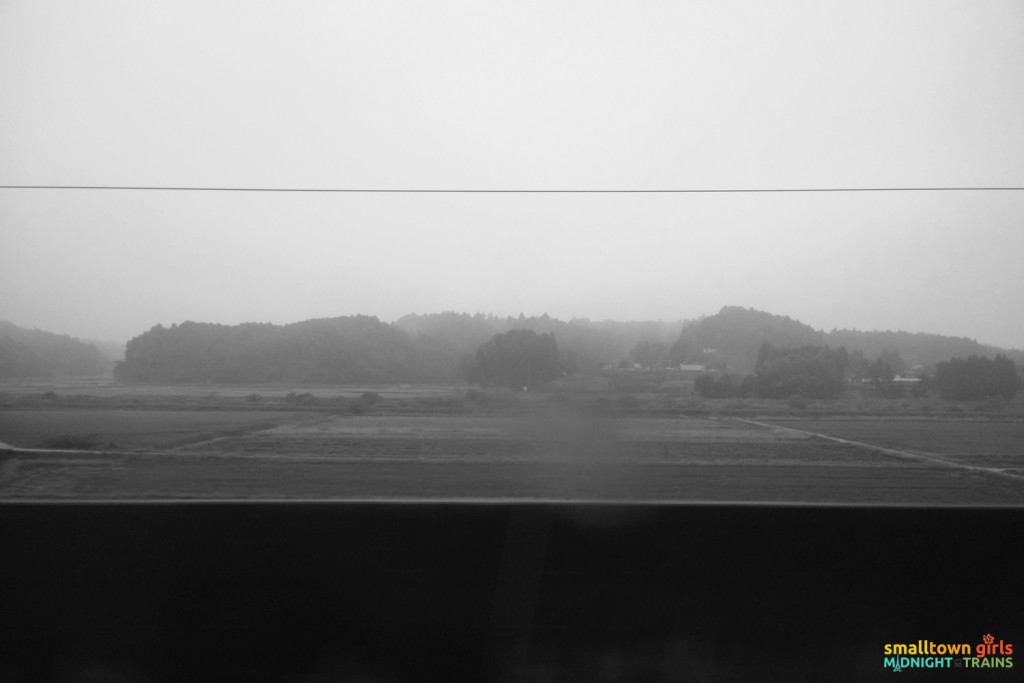
_
…and one hour later, you’re in Tokyo.
*
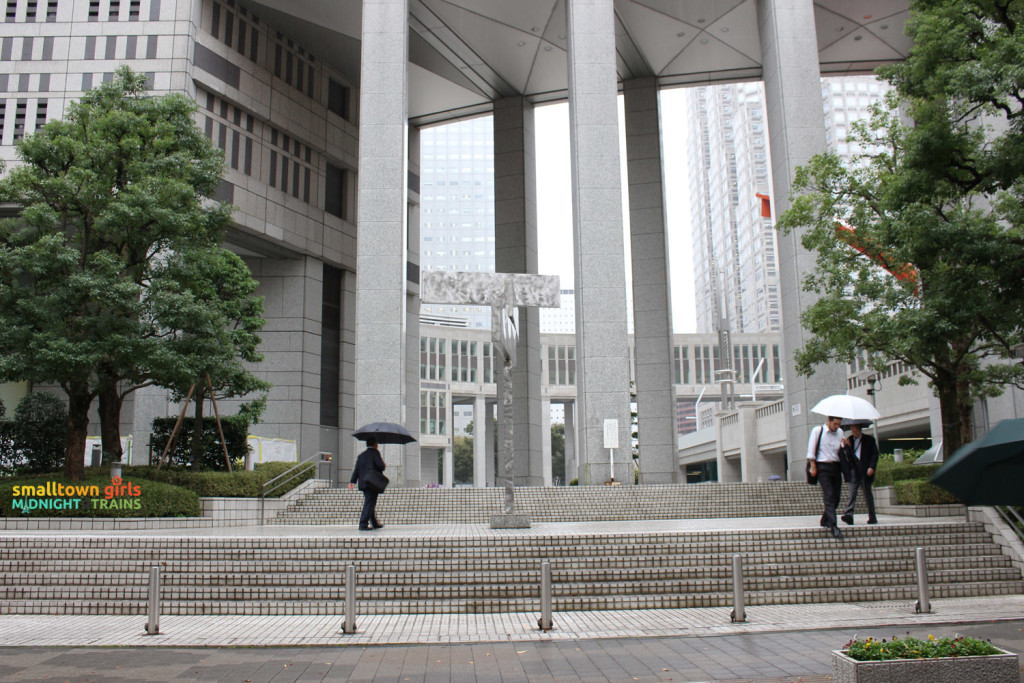
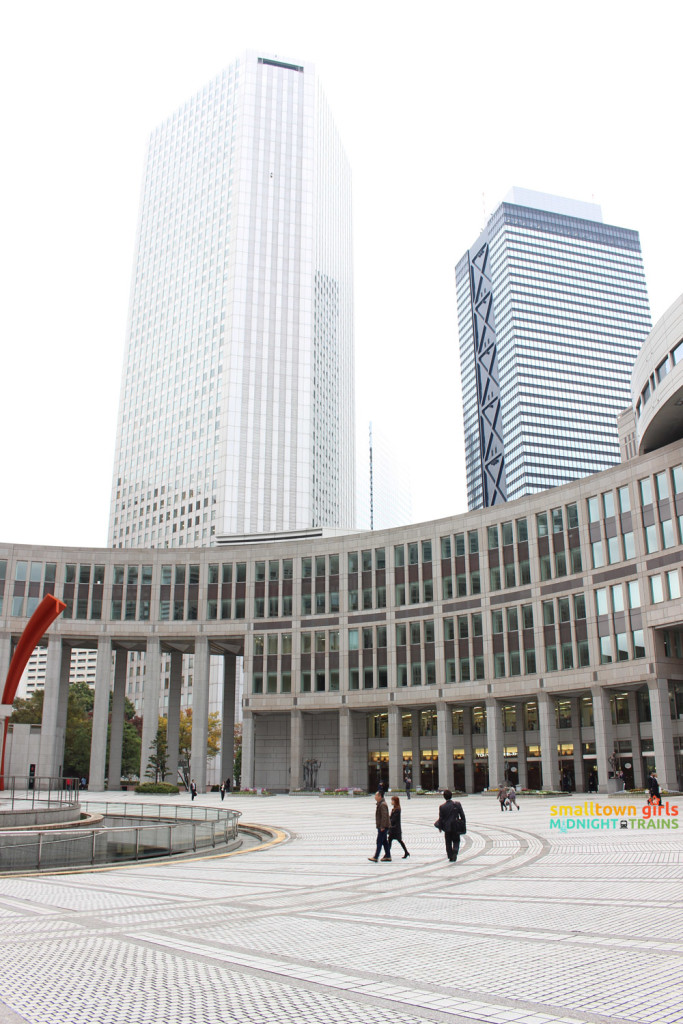
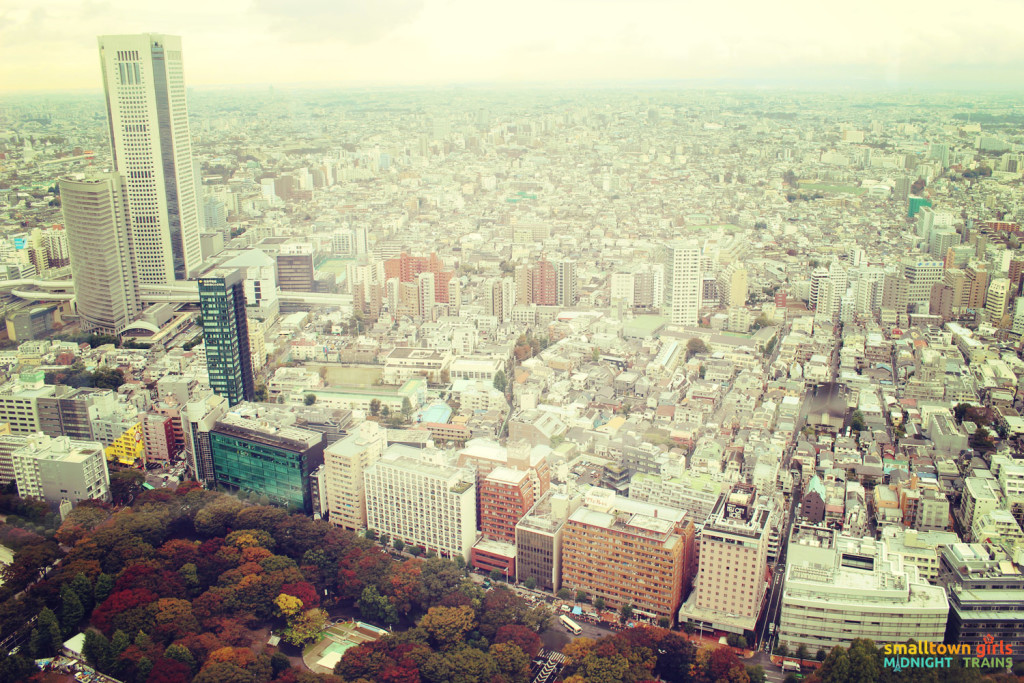
*
Welcome to Japan. 🙂
*
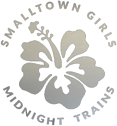
Tokyo Train-ing: The JR Pass and the Narita Express
© Small-Town Girls, Midnight Trains. All rights reserved.

One important tip when train-ning in Japan so you wont get lost. Always ask for the platform number ang time of departure either from the staff at the seat reservation office or the staff manning the ticket barriers when you show your pass. Saves you the a lot of time and the hassle of getting lost. Works for me everytime. 😉
Thanks for that tip Jas! It never hurts to ask! 🙂
Such good information – it’s usually so hard to find a straight answer on the rules and uses of rail passes!! Thank you!
Thank you Jess! Your posts on Japan really helped me plan my itinerary, so thanks for that too. 🙂